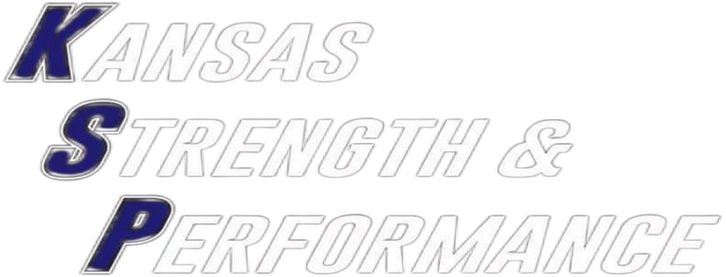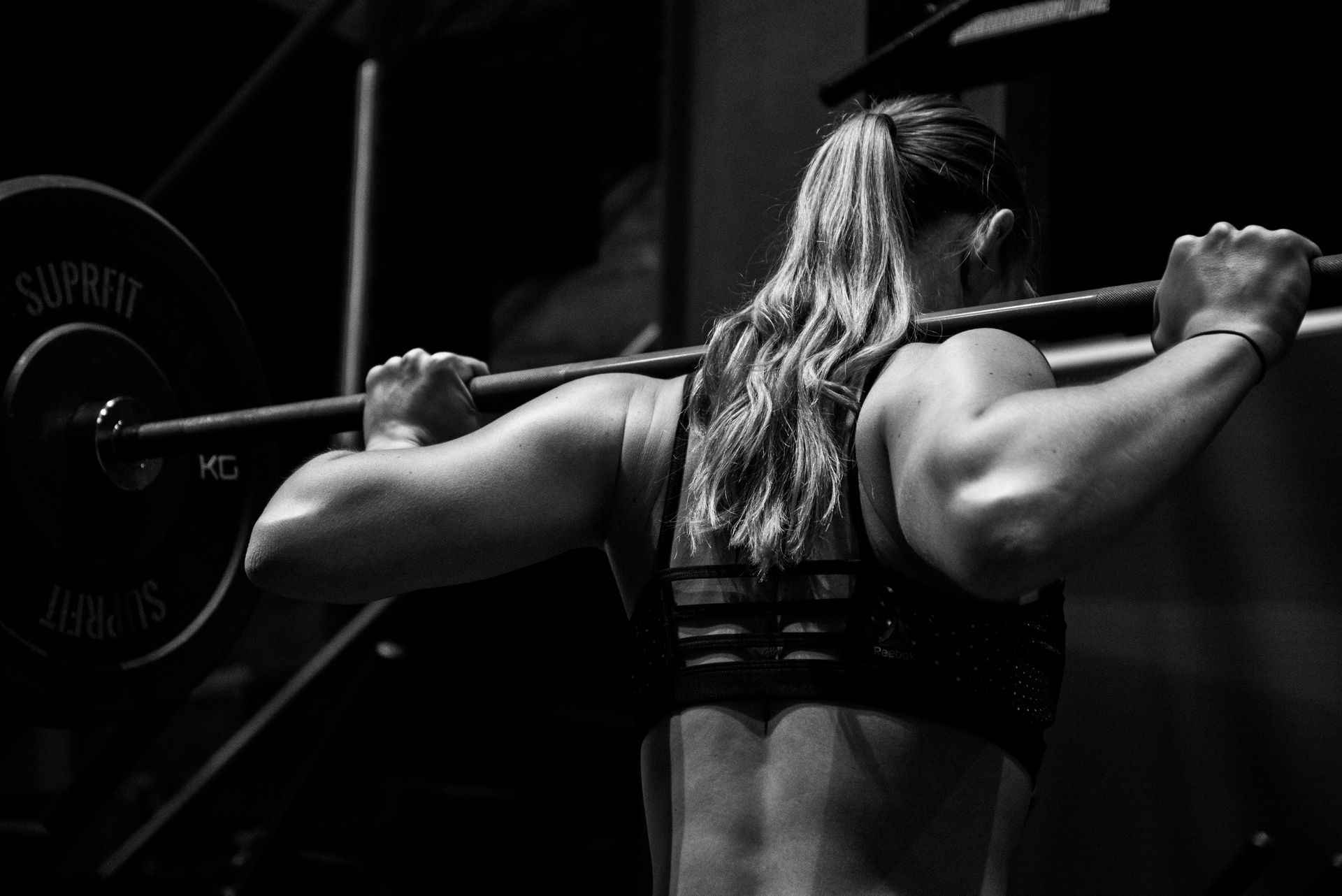Top Recovery Methods to Maximize Your Gym Progress in Kansas
Hey, Kansas gym-goers! You’re crushing it in the gym, lifting heavy, and chasing those gains. But let’s talk about the unsung hero of your progress: recovery. It’s not just about how hard you push; it’s about how smart you recover.
Without proper recovery, your muscles can’t repair, your energy tanks, and injuries might sneak up like an uninvited guest at a barbecue. At Kansas Strength & Performance, our certified coaches know recovery is the secret sauce to unlocking your full potential.
Whether you’re a weekend warrior or a competitive athlete, we’re here to guide you with personalized training and recovery plans that work. Let’s dive into the best recovery methods to keep you strong, safe, and ready to dominate your next session.
Key Takeaways
Recovery is critical: It’s as vital as your workouts for building muscle, preventing injuries, and boosting performance.
Science-backed methods: Active recovery, nutrition, sleep, and periodization are key to maximizing gym progress.
Local expertise: Kansas Strength & Performance offers tailored coaching to integrate recovery into your routine.
Listen to your body: Track fatigue and performance to avoid overtraining and stay on track.
Take action: Connect with our coaches for personalized plans to level up your gym game.
Why Recovery Matters: The Science Behind It
You might think recovery is just kicking back with a protein shake, but it’s so much more. When you lift, your muscles break down—tiny tears form, and your body needs time to rebuild stronger. Recovery also supports your immune system, keeps your mind sharp, and helps you avoid burnout. Skip it, and you’re like a car running on fumes: you’ll sputter out fast.
Science breaks recovery into two phases: short-term (like cooling down after a workout) and long-term (think rest days or lighter weeks). A 2018 study in Sports Medicine found that heavy strength training sessions need 48-72 hours of recovery for optimal muscle repair, while power-focused workouts might need less. Either way, recovery isn’t optional—it’s your body’s chance to rebuild, recharge, and prep for the next challenge.
Top Recovery Methods to Maximize Gym Progress
Let’s get to the good stuff: how to recover like a pro. These evidence-based methods will help you bounce back faster, stay injury-free, and keep those gains coming.
Active Recovery: Keep It Moving
You don’t have to lie on the couch all day to recover (unless that’s your vibe, no judgment!). Active recovery means low-intensity movement—think walking, cycling, or a light swim. These activities boost blood flow, delivering nutrients to your muscles without taxing them. Try a 20-minute walk around your Kansas neighborhood or a gentle bike ride through the park. It’s like giving your muscles a warm hug.
Incorporate stretching or foam rolling while your muscles are warm to improve flexibility and ease soreness. A 2020 study in The Journal of Strength and Conditioning Research showed foam rolling reduces muscle pain and improves range of motion. Grab a foam roller and spend 10 minutes working out those knots—it’s a game-changer.
Proper Nutrition and Hydration: Fuel the Machine
Your body’s like a high-performance car: it needs the right fuel to run smoothly. After a workout, aim for a mix of protein and carbs within 30-60 minutes. Protein (like chicken, eggs, or a shake) repairs muscle, while carbs (think sweet potatoes or rice) replenish glycogen stores. A 2019 study in Nutrients found that 20-40 grams of protein post-workout maximizes muscle synthesis. Don’t skimp!
Hydration is just as crucial as proper nutrition. Dehydration can tank your performance and slow recovery. Aim for at least 8-10 cups of water daily, more if you’re sweating buckets. Add electrolytes if you’re training hard in the Kansas heat—nobody wants to cramp up mid-squat.
Rest and Sleep: Your Body’s Superpower
Sleep is your secret weapon. It’s when your body releases growth hormone, repairs muscle, and resets your brain. Skimp on sleep, and you’re sabotaging your progress. A 2021 Sleep Medicine Reviews study linked poor sleep to higher injury risk and slower recovery. Aim for 7-9 hours of quality sleep—yes, that means putting down your phone and dimming the lights.
Create a sleep-friendly routine: keep your room cool, dark, and quiet, and avoid caffeine late in the day. Your muscles (and mood) will thank you.
Periodization and Rest Days: Plan Smart
Ever heard of overtraining? It’s real, and it’s a progress killer. Periodization—structuring your training with cycles of intense workouts, lighter sessions, and rest—helps you avoid it. Think of it like pacing yourself in a race. Schedule rest days after heavy lifts and consider a “deload” week every 4-6 weeks, where you dial back intensity. A 2017 Journal of Strength and Conditioning Research study found periodization reduces fatigue and boosts long-term gains.
Don’t feel guilty about rest days—they’re when the magic happens. Your muscles grow stronger while you’re chilling, not while you’re grinding.
Massage, Foam Rolling, and Compression: Feel-Good Fixes
Massage isn’t just for spa days—it’s a legit recovery tool. It reduces muscle soreness and inflammation by improving blood flow. A 2018 Frontiers in Physiology study found massage after intense exercise cuts delayed-onset muscle soreness (DOMS). If a pro massage isn’t in the budget, foam rolling or self-myofascial release works wonders.
Compression garments, like sleeves or tights, can also help. They improve circulation and reduce swelling, especially after leg day. Pop on some compression gear and feel the difference.
Cold-Water Immersion and Other Modalities: Cool It Down
Ice baths sound intense, but they can work. Cold-water immersion reduces inflammation and muscle soreness, especially after grueling sessions. A 2019 Journal of Physiology study showed 10-15 minutes in 50-60°F water post-workout can speed recovery. Not ready to freeze? Contrast baths (alternating hot and cold) or even a cold shower can help.
Other tools like cryotherapy or infrared saunas are trending, but stick to what fits your needs and budget. Always check with a coach before trying new modalities.
Practical Tips for Kansas Gym-Goers
Ready to level up your recovery game? Here’s how to make it happen:
- Track your recovery: Use Rate of Perceived Exertion (RPE) to gauge how tough a workout feels. Pair it with performance markers like strength gains or rep counts to spot fatigue early.
- Listen to your body: Feeling sluggish or sore? Scale back intensity or take an extra rest day. Your body’s smarter than you think.
- Get expert help: Our coaches at Kansas Strength & Performance can create a recovery plan that’s all you—because cookie-cutter doesn’t cut it.
- Stay consistent: Recovery isn’t a one-and-done deal. Make it part of your routine, like brushing your teeth (but way more fun).
Frequently Asked Questions
How long should I rest between heavy lifting sessions?
For heavy strength sessions, aim for 48-72 hours of recovery per muscle group. Lighter sessions might need 24-48 hours. Listen to your body and consult a coach for a tailored plan.
Can I skip rest days if I feel fine?
Feeling fine is great, but rest days prevent overtraining and burnout. Schedule at least one full rest day per week, plus deload weeks every 4-6 weeks.
What’s the best post-workout meal for recovery?
Aim for 20-40 grams of protein (like chicken or a shake) and carbs (like rice or fruit) within 30-60 minutes post-workout to rebuild muscle and replenish energy.
Are ice baths worth it for recovery?
Ice baths can reduce soreness and inflammation, especially after intense workouts. Try 10-15 minutes in cold water, but talk to a coach to see if it’s right for you.
How can Kansas Strength & Performance help with my recovery?
Our certified coaches create personalized plans with active recovery, nutrition guidance, and periodization. Contact us to start optimizing your progress today!
How Kansas Strength & Performance Supports Optimal Recovery
At Kansas Strength & Performance, we don’t just talk the talk—we walk it. Our certified coaches, with credentials from top organizations like NSCA and ACSM, design programs that blend training and recovery for maximum results. Whether you’re aiming to deadlift double your body weight or just feel stronger, we’ve got you.
Take Sarah, a local client who struggled with constant soreness. With our coaches’ guidance, she added active recovery and better nutrition to her routine. Six months later? She’s hitting PRs and feeling unstoppable. Or meet Jake, a competitive powerlifter who avoided injury by following our periodized plans. These aren’t just stories—they’re proof recovery works.
We offer personalized coaching, recovery assessments, and workshops to teach you the ropes. From mobility drills to nutrition tips, we’ll tailor a plan that fits your life and goals.
Level Up with Kansas Strength & Performance
Don’t let poor recovery hold you back from crushing your gym goals. At Kansas Strength & Performance, we’re here to help you train smarter, recover better, and perform at your peak. Our certified coaches are ready to create a personalized plan that fits your life, whether you’re a newbie or a seasoned lifter.
Ready to take the next step? Schedule a consultation today or join one of our recovery workshops to learn hands-on tips from the pros. Let’s make those gains happen—together!



